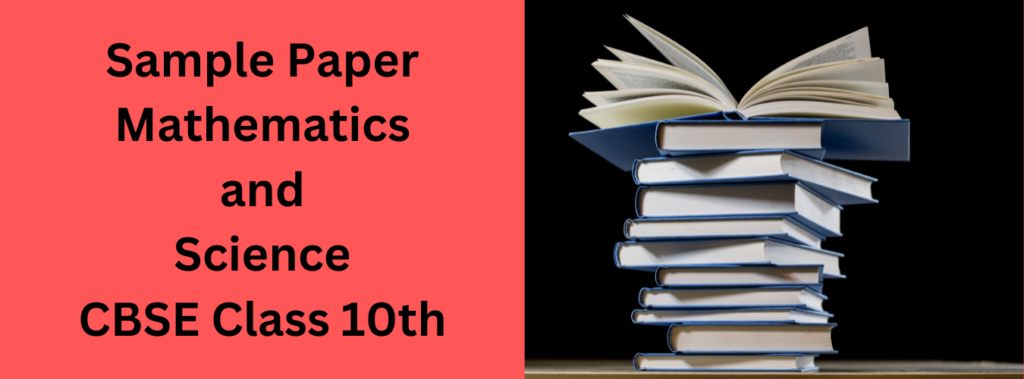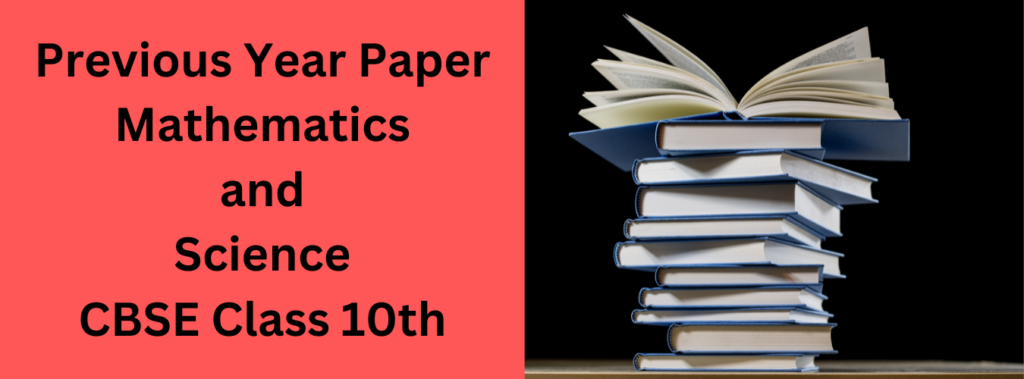NCERT Solutions CBSE Class 10th
The CBSE syllabus for Class 10 for the academic year 2025-2026
encompasses a comprehensive curriculum designed to enhance students’ knowledge and skills across various subjects. Key subjects include Mathematics and Science each focusing on essential concepts and practical applications. The syllabus aims to promote critical thinking and problem-solving abilities through a balanced mix of theoretical knowledge and hands-on activities. In addition to core subjects, students may choose from elective subjects. Emphasis is also placed on project work, experiential learning, and continuous assessment to ensure holistic development. This curriculum not only prepares students for the board examinations but also lays a strong foundation for their future academic pursuits.
CBSE Class 10th Mathematics NCERT Solutions
NCERT Solutions Maths
- Chapter 1 -Real Numbers
- Chapter 2 -Polynomials
- Chapter 3 - Pair of Linear Equations in Two Variables
- Chapter 4 - Quadratic Equations
- Chapter 5 - Arithmetic Progressions
- Chapter 6 - Triangles
- Chapter 7 - Coordinate Geometry
- Chapter 8 -Introduction to Trigonometry
- Chapter 9 - Some Applications of Trigonometry
- Chapter 10 - Circles
- Chapter 11 - Areas Related to Circles
- Chapter 12 - Surface Areas and Volumes
- Chapter 13 -Statistics
- Chapter 14 - Probability
CBSE Class 10th Science NCERT Solutions
NCERT Solutions Science
- Chapter 1 - Chemical Reactions and Equations
- Chapter 2 - Acids, Bases and Salts
- Chapter 3 - Metals and Non-Metals
- Chapter 4 - Carbon and Its Compounds
- Chapter 5 - Life Processes
- Chapter 6 - Control and Coordination
- Chapter 7 How Do Organisms Reproduce
- Chapter 8 - Heredity and Evolution
- Chapter 9 - Light Reflection and Refraction
- Chapter 10 - Human Eye and Colourful World
- Chapter 11 - Electricity
- Chapter 12 - Magnetic Effects of Electric Current
- Chapter 13 -Our Environment


